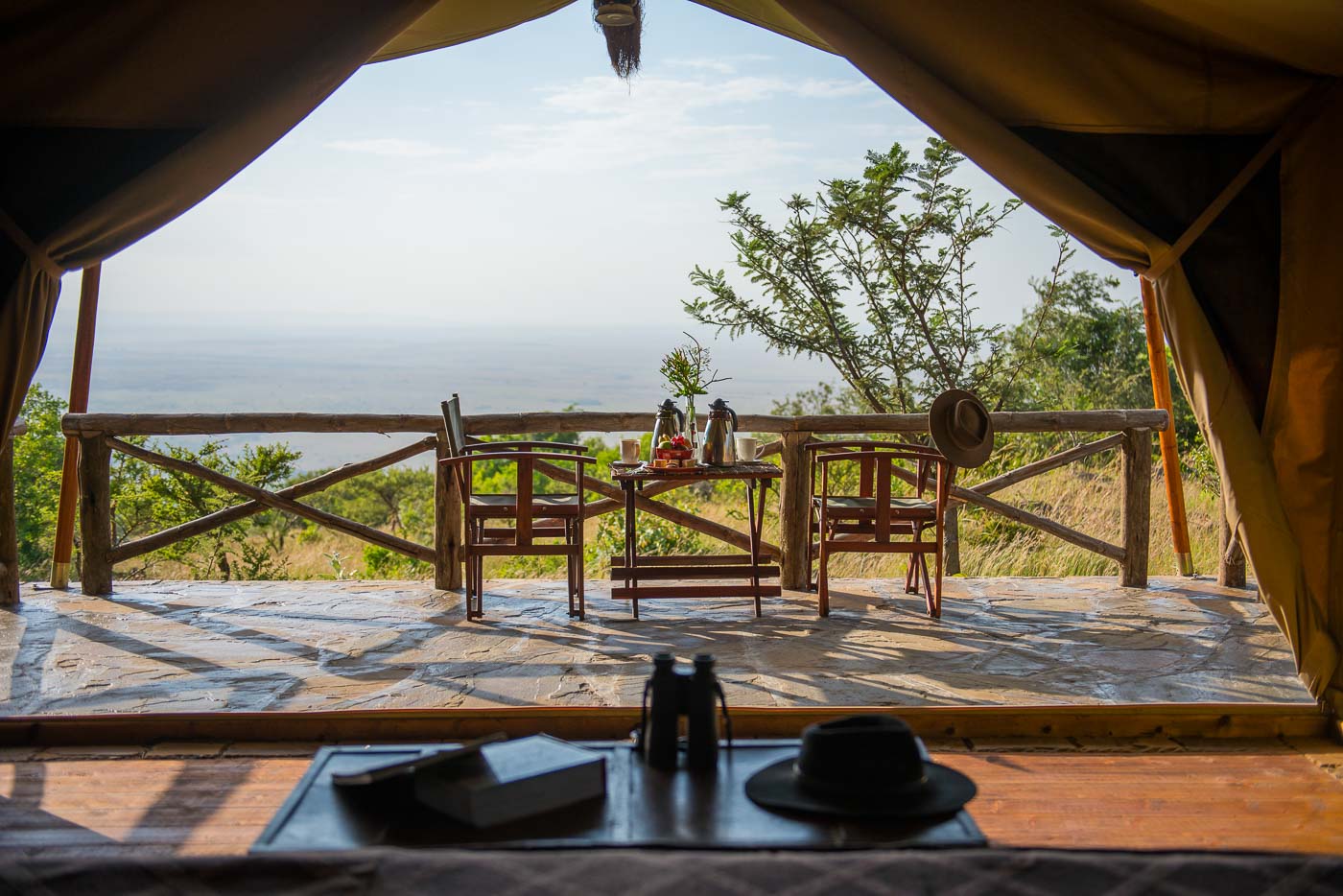Glamping sounds new and snazzy, but in reality, glamping goes back, way back. Although not known by its current moniker, sleeping outdoors with some comforts is a tradition shared by kings and tribesmen of centuries past.
For thousands of years, nomadic people — Bedouins, Berbers, Arabs and Kurds — have basically lived outdoors with the shelter of some kind of tent.
Royalty used elaborate Persian and Turkish tents, with inlaid jewelry and intricate patterns. Elephants carried the large, heavy tapestries of the tents. In the 1100s, during the time of Genghis Khan, Mongolians started using yurts, circular tents made from felts or animal skins.
 Native American Tipis – painting by Geroge Catlin in the 1830s
Native American Tipis – painting by Geroge Catlin in the 1830s
The natives of the Plains of North America stayed in tipis, large, conincal-shaped tents made with heavy wooden poles and animal skins. Virtually all tribes in the Great Plains from Texas to southern Canada used tipis.
 Abraham Lincoln and generals at Antietam
Abraham Lincoln and generals at Antietam
The first European tents for military use were made of fabric or leather to protect them from the elements. But the tents for kings and queens were a bit more posh—often colorful and made with turrets and adornments.
The idea of camping for fun and recreation is a more recent phenomenon rising in popularity for a little more than 100 years now.
 Honeymoon Tent at The Resort at Paws Up in Montana
Honeymoon Tent at The Resort at Paws Up in Montana
But traditional camping could be wet, cold, and just uncomfortable. Enter glamping, which offers a closeness with nature, but with minimal of that ‘icky’ effect or impact on the traveler.
In the early 20th century, wealthy Europeans started going on safaris in Africa, but did not want to part with all the comforts of home that they took for granted. So, they stayed in tents that were still luxuriously furnished with antiques, Persian rugs, and real beds and were catered to by butlers and chefs. Nowadays, thanks to the proliferation of glamping camps, lodges, and properties all over the world, you don’t have to be a king or queen to enjoy these outdoor stays.
Image credits: Three Camel Lodge, Wikipedia, The Resort at Paws Up.
Lisa Lubin is an established travel/food writer, three-time Emmy®-award winning TV producer, and travel industry expert. After a decade in broadcast television she took a sabbatical, which turned into three years traveling around the world. She documents her adventures on her blog, LLworldtour.com. You can follow her on Facebook, Twitter, and Instagram.
















